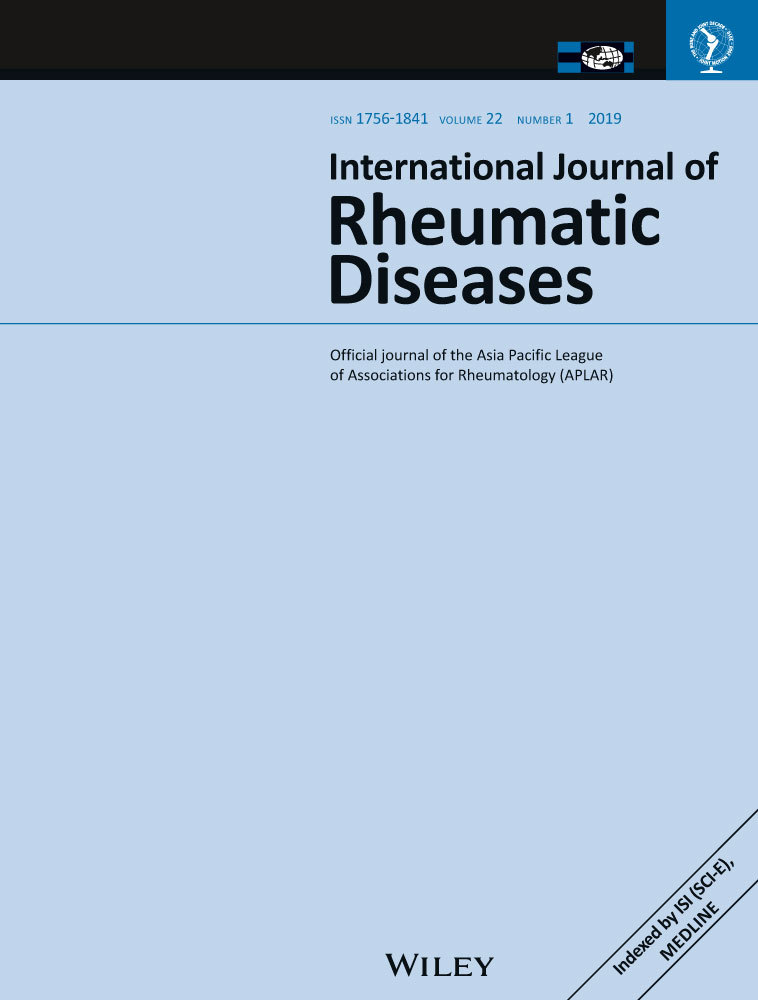A multicentre observational study comparing patient reported outcomes to assess reliability of swollen and tender joint assessments and response to certolizumab treatment as compared to clinician assessments in rheumatoid arthritis
Abstract
Aims
The use of swollen (SJC) and tender joint counts (TJC) for rheumatoid arthritis (RA) disease activity and treatment effectiveness is well established. Patient-reported outcomes (PRO) are important. However, it is unknown if patient scoring is as reliable as that of trained professionals.
Methods
PRO including SJC and TJC were assessed at baseline, 6 and 12 weeks by patients and clinicians. Data were collected using ePRO (electronic) and pPRO (paper). The Least Squares Method (LSM), Pearson correlation (Rs) and weighted Kappa scores were used to assess inter-rater reliability and agreement of responses between the patient, nurse and physician for changes in TJC and SJC from 0 to 12 weeks of treatment.
Results
There was a total of 341 evaluable matched joint assessment in 52 patients with RA: 157 nurse, 106 patient and 78 physician. There were matched joint count pairs for 104 patient-nurse, 72 physician-nurse and 21 patient-physician. Correlation (R) of TJC scores were as follows: patient-nurse 0.83 (P < 0.001), physician-nurse 0.85 (P < 0.001) and physician-patient 0.59 (P = 0.005). The inter-rater reliability (agreement) of the patient-nurse pairs had a weighted Kappa of 0.59 (0.53, 0.68). Correlation (R) of SJC scores were as follows: patient-nurse 0.69 (P < 0.001), physician-nurse 0.66 (P < 0.001) and physician-patient 0.42 (P = 0.058). The inter-rater reliability (agreement) of the patient-nurse pairs had a weighted Kappa of 0.48 (0.41, 0.55).
Conclusions
There is a moderate to high level of agreement between clinicians and patient TJC and SJC assessments that suggest it may be a useful option in assessing joints and response in RA. Further evaluation of RA activity tools such as Disease Activity Score of 28 joints, Crohn Disease Activity Index or Simple Disease Activity Index utilizing patient assessments may be worth exploring.
CONFLICT OF INTEREST
We have received unconditional funding from UCB Australia related to the completion of this research.




